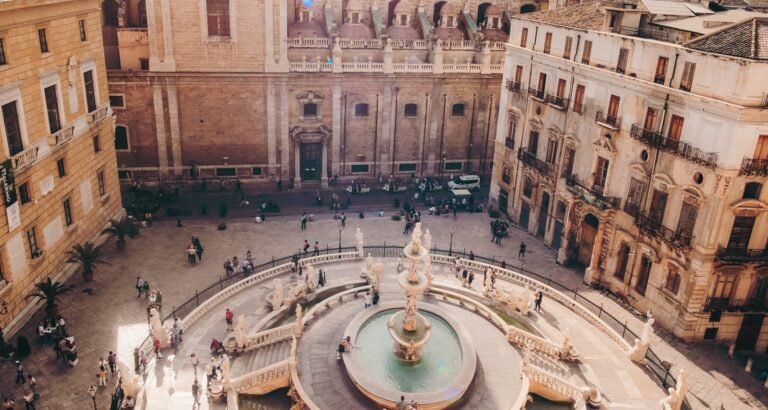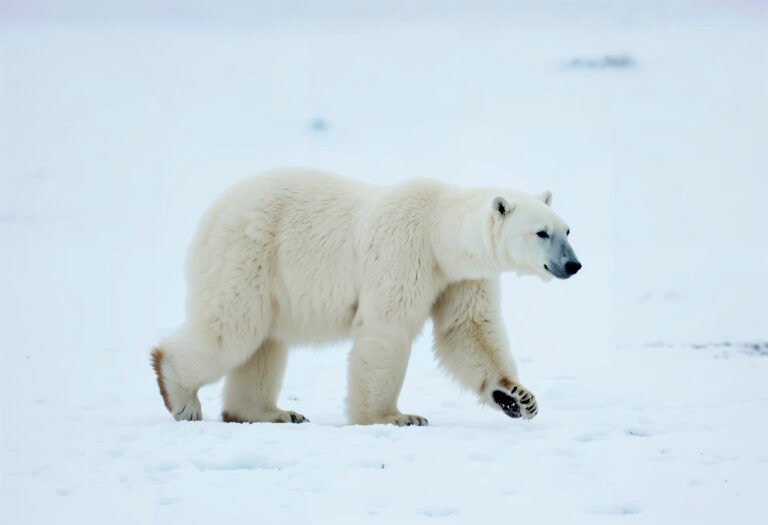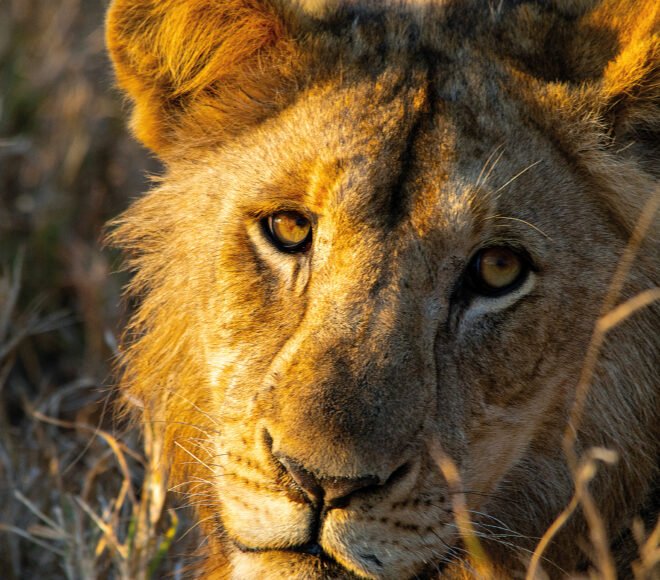Colombia packs a continent’s worth of landscapes, ecosystems and climates into a single country. Travellers can take in mountains and reefs, deserts and grasslands, islands and cloud forests, mangroves and moorlands, not to mention Amazonian jungles, captivating cities, and Caribbean and Pacific beaches. Along the way there are endless opportunities to encounter a staggering array of bird, animal and plant species – many of which are found nowhere else on the planet. In total, Colombia is home to almost 10 per cent of the world’s biodiversity, a variety matched only by its multitude of cultures, lifestyles, cuisines, and music and dance forms.
Towering Andean ranges march through the heart of Colombia, their peaks, slopes and foothills home to a patchwork of communities and a profusion of flora and fauna.
Reaching heights of more than 5,700 metres, the snow-topped mountains of the Sierra Nevada gaze down on the Caribbean coast. Exploring the region provides an insight into the heritage of local Indigenous peoples, including the Kogi, Arhuaco, Kankuamo and Wiwa. There are also awe-inspiring hikes to ancient sites such as the isolated, jungle-clad ruins of the Ciudad Perdida (Lost City), which was built by the Tayrona around 800 CE.
More accessible, but similarly rewarding, is Lake Guatavita. Located in the highlands around the capital, Bogotá, this body of water is sacred to the Muisca and is thought to have been one of the inspirations behind the legend of El Dorado.
Colombia’s Andean regions have distinctive ecosystems: fields of creaking glaciers, dense cloud forests swirled with mist, and the páramo, a high-altitude, moor-like environment. The latter is a habitat for a host of rare animals, including spectacled bears, alongside unusual plants such as bright-flowered, fluffy-leaved frailejones.
Lower down, the tumbling foothills are fertile zones producing a wide range of crops, including world-class cacao and coffee. The latter is found in abundance in the Zona Cafetera, which is awash with coffee farms known as fincas offering tours, tastings and accommodation. This area is also studded with forests of soaring wax palms, which reach up to 60 metres or more.
Arid, otherworldly, mesmerising: Colombia’s deserts are uncanny landscapes. In the far north, bounded by the Caribbean Sea, the searing, semi-arid peninsula of La Guajira is a realm of dramatic scenery, surprising biodiversity and rich cultures. Beyond a coastline sprinkled with villages, beaches and bays, the sun-baked interior has rippling sand dunes, stark rocky expanses and occasional thickets of acacia trees. The scattering of lagoons in the region are havens for birdlife, including candy-pink flamingos, who gather in colonies thousands strong.
La Guajira has been the home of the Wayuu, the largest Indigenous group in Colombia, for millennia. Visits to a ranchería – a traditional community made up of a cluster of houses – provide travellers with the opportunity to learn about Wayuu culture, beliefs, textiles and cuisine, as well as the wealth of medicinal plants found in the region.
In the southwest of the country, the Tatacoa Desert feels like stepping onto the surface of another planet. It is an immense swathe of rugged canyons, sculpted cliffs and surreal rock formations pastel-shaded in varying reds and greys. At first glance, the only signs of life are stately green cacti climbing up to 5 metres in height, yet this hushed, blisteringly hot region is also populated by hardy creatures such as snakes, lizards, eagles and even ocelots.
The lack of light pollution has made Tatacoa – which is technically a dry tropical forest, rather than a desert – a centre for stargazing and astrotourism, most notably at the Tatacoa Observatory.













